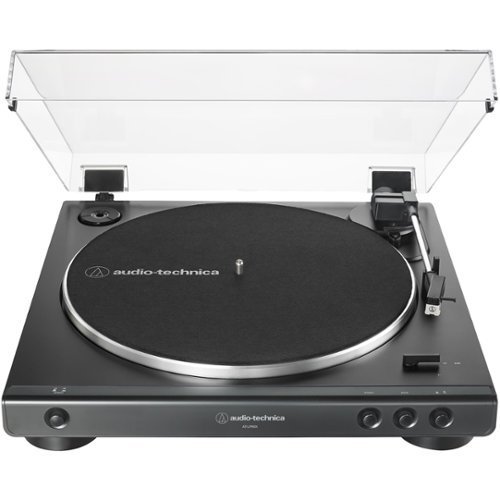

However, these are the recommendations that benefit the biggest number of players and are easy to implement.

These recommendations contain simple considerations and design decisions that apply to most game mechanics. Based on this study, we identified ten recommendations that can be considered recurrent or minimal requirements to meet in the design and development of a mobile audio game. Then, we resumed these guidelines focused on the most relevant accessibility characteristics provided in mobile audio games for users who are blind. In the first phase of this research, we gathered and studied six collections of guidelines. As a result, we propose ten recommendations for the design of mobile audio games, which are a set of games in which the primary interaction occurs through audio. The research focused on accessibility recommendations for gamers who are blind. In this research, we present a study concerning these guidelines and recommendations for accessibility in mobile games. However, the most important guidelines available nowadays are scattered in many works and demand compilation. Another notorious initiative is the proposal of accessibility guidelines and recommendations for designers and game developers. Some communities compile and make available such games, such as the Game Accessibility Web sites Footnote 1 and Footnote 2. Groups of researchers, game communities, and specialized game companies have mobilized themselves to develop games targeting users with disabilities in various platforms.

Game designers and developers devote feeble efforts for implementing accessibility in their games despite this significant number of people with disabilities. The majority (90%) live in developing countries such as Brazil and India . The World Health Organisation estimates 285 million inhabitants with visual impairments. Īccording to the United Nations (UN), there are more than 600 million people with some physical, cognitive, hearing, or visual disability in the world. In fact, the majority part of digital games has not design, user interface, or mechanics adapted to gamers who have some disability. Despite performing a significant social role in many sectors and communities, most games do not contribute to the inclusion of people with disabilities. Digital games are now more socially relevant than when they were conceived.
#LOST IN BLINDNESS GAME SOFTWARE#
For instance, we can find games as learning support software (edugames), marketing tools (advergames), or even games for improving physical conditioning (fitness games). In turn, the purpose of games has been widened beyond sheer entertainment. This process is experimental and the keywords may be updated as the learning algorithm improves.ĭuring the past decades, the way of enjoying the playful universe of digital games evolved regarding style, meaning, and available platforms (e.g., arcades, consoles, PCs, mobile devices). These keywords were added by machine and not by the authors. Results indicate that only three from a total of ten games were considered “good”, which means they met the fundamental aspects of the guidelines. We used this instrument to assess ten audio games labeled as inclusive.

We also present an evaluation instrument assembled from the recommendations we propose. As a result, we propose ten recommendations for the design of mobile audio games, targeting gamers who are blind. In this research, we present a study concerning existent guidelines and recommendations for accessibility in digital games.
#LOST IN BLINDNESS GAME FULL#
More effort is necessary for contributing to a universal game design and, ultimately, helping to promote the inclusion of people with disabilities to take full advantages of digital games. However, making these games universal and accessible poses a challenge for interface designers and game developers, since they are usually unfamiliar with the peculiarities of gamers who are blind. Digital games have become increasingly popular for both entertainment and education purposes.


 0 kommentar(er)
0 kommentar(er)
